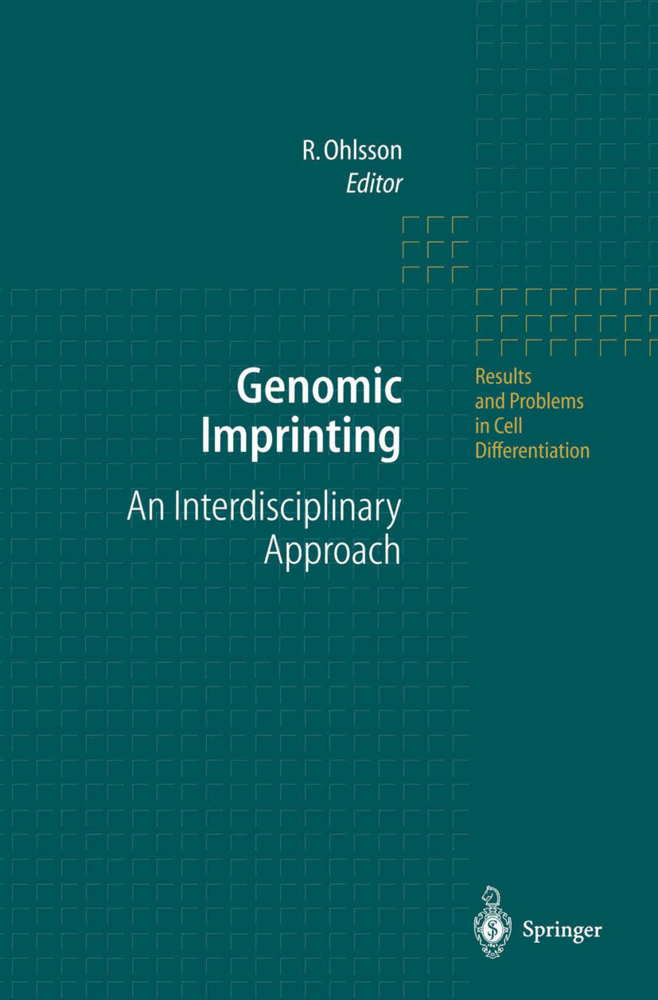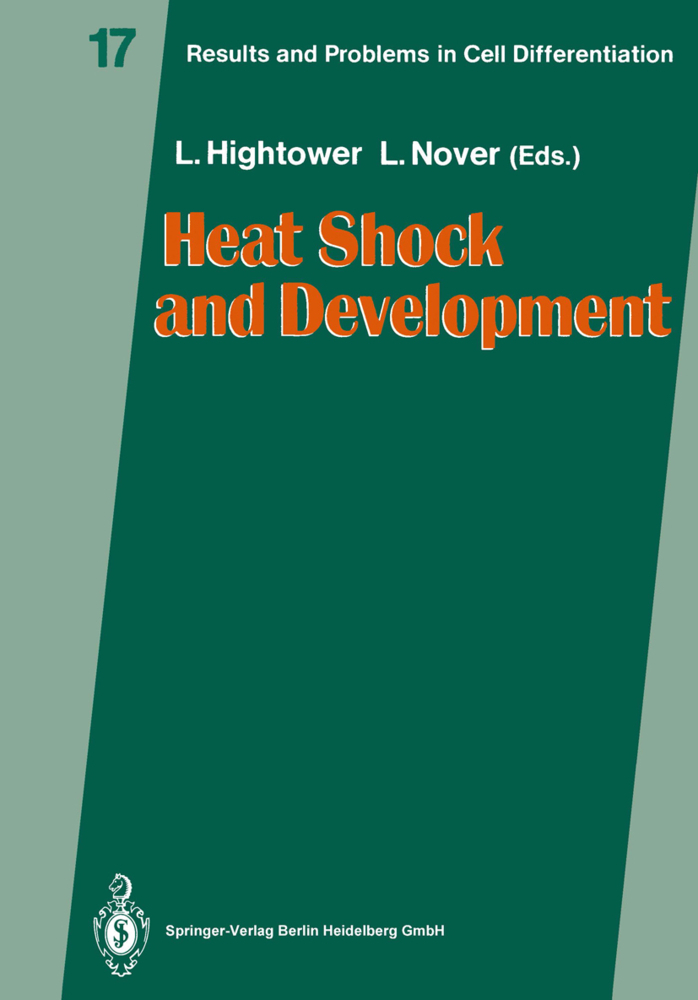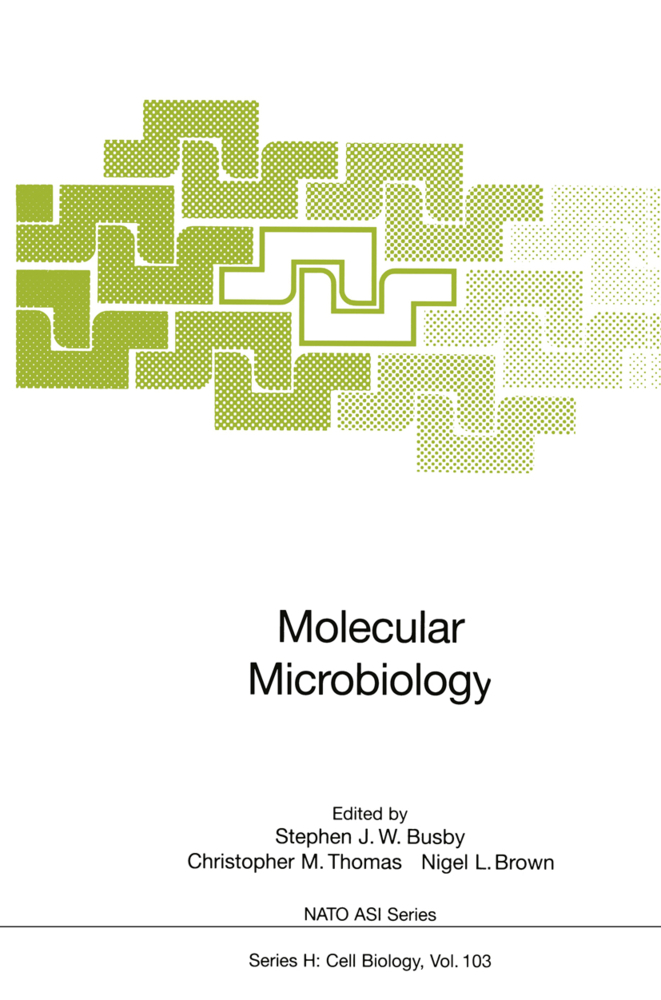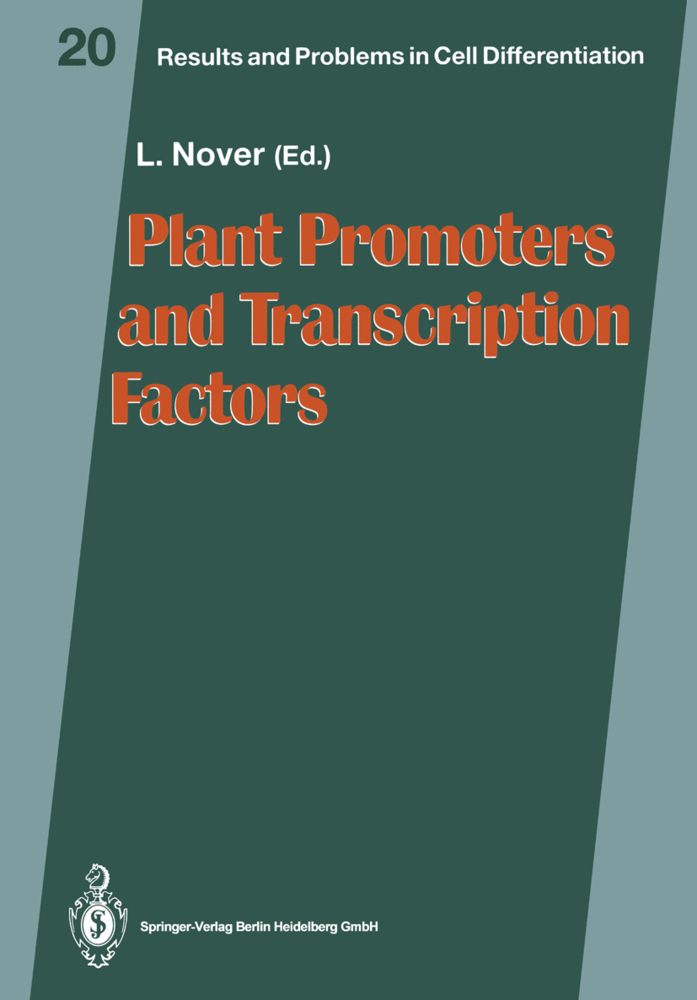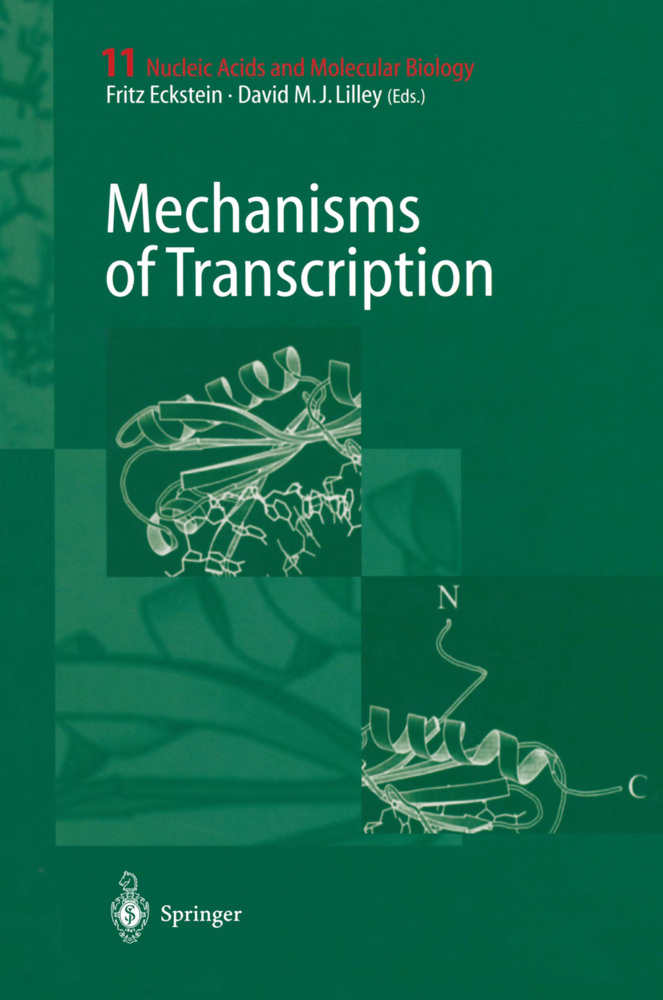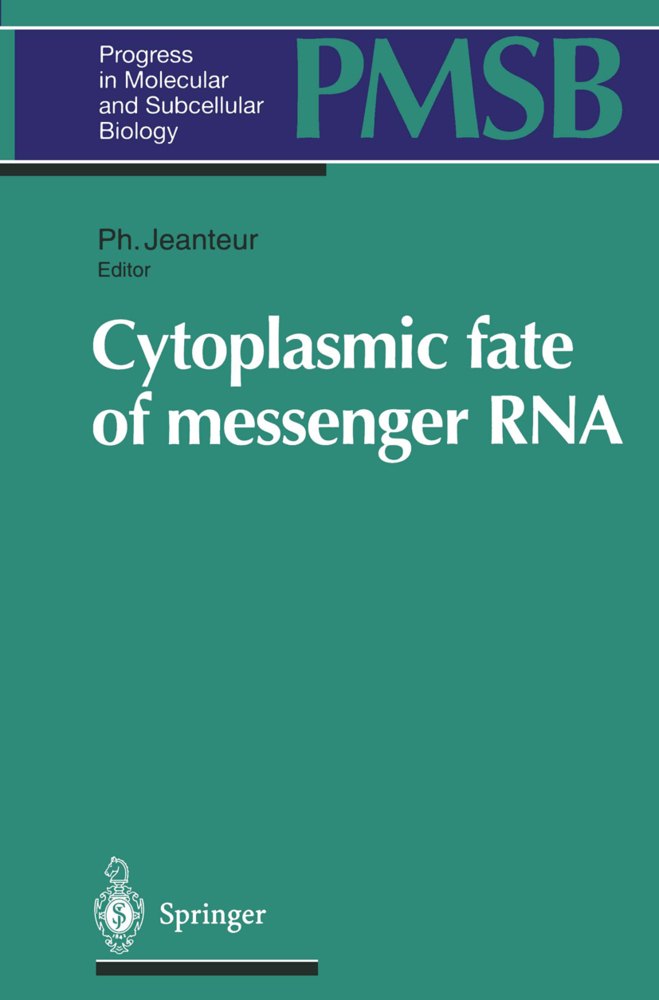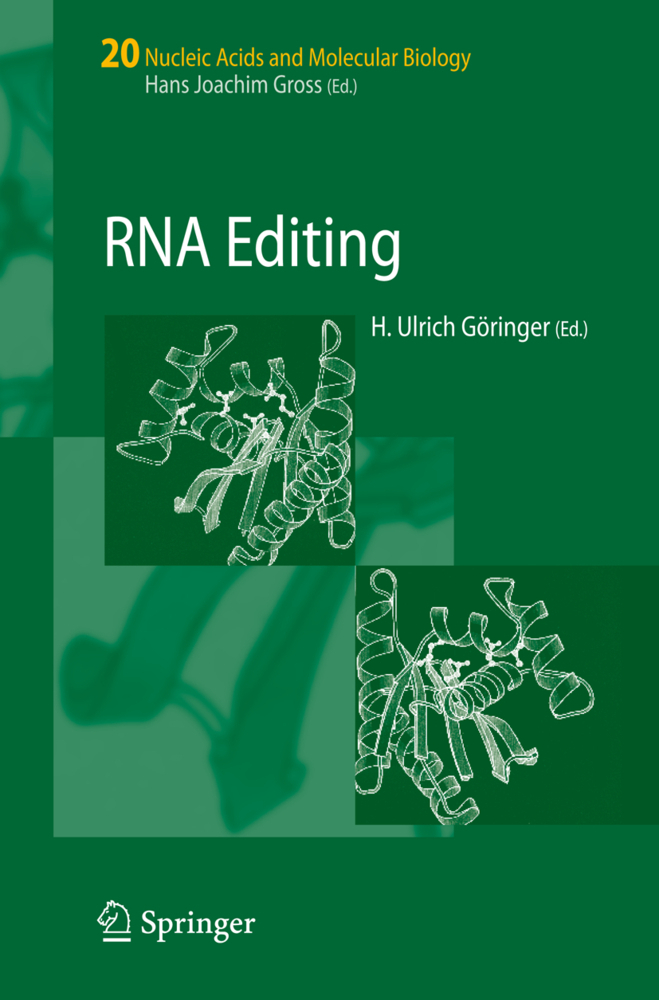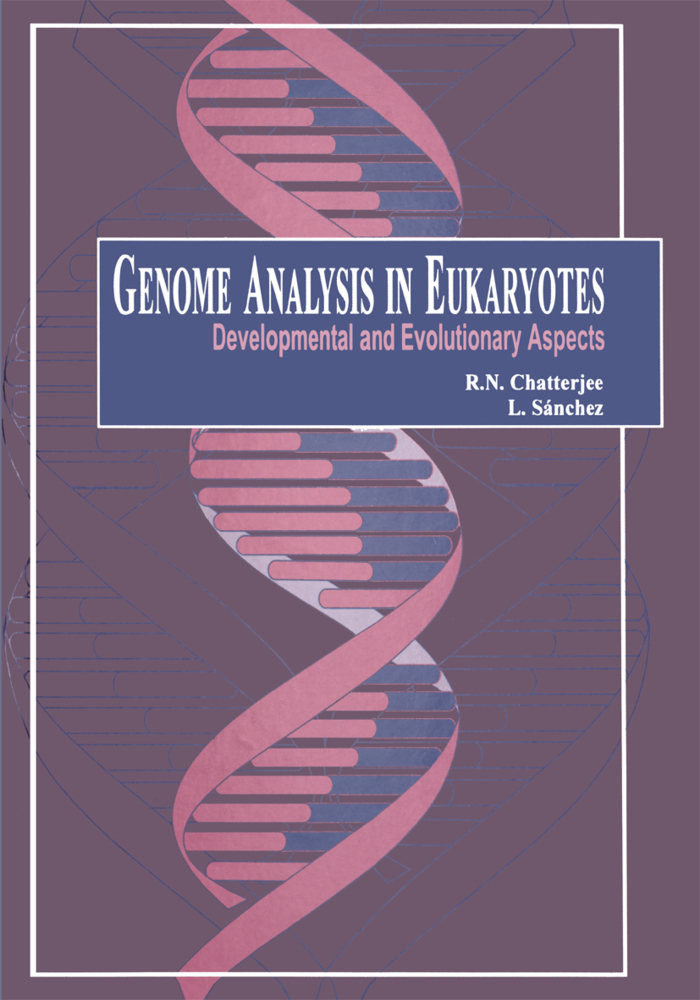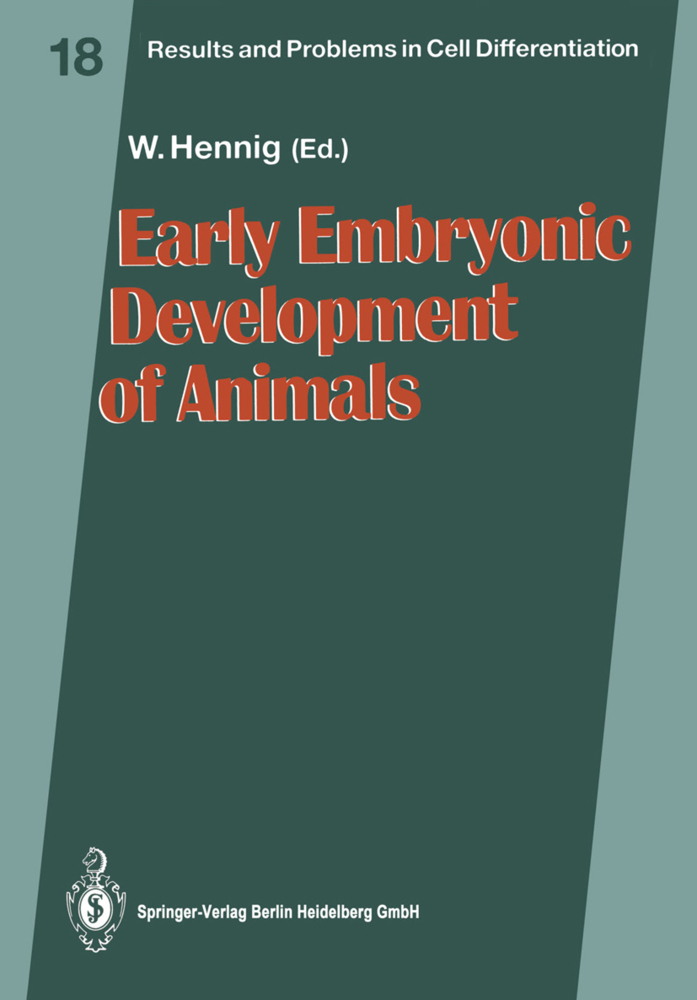Genomic Imprinting
An Interdisciplinary Approach
Genomic Imprinting
An Interdisciplinary Approach
The form and function of every living organism on the earth depends on the complex regulation of gene expression. This is carried out by controlling and interdigitating spatial and temporal patterns of gene activity during the life time of eukaryotic organisms. This is most dramatically apparent during early stages of development, when new types of cells and organs are being formed, often during very short time spans. To achieve this, it is vital that developmentally important genes can be kept in inactive or active states which are stably inherited in the soma. Indeed, it is now wellknown that the propen sity for a gene to be transcribed or silenced is stably propagated through many cell generations, even from parent to progeny. This phenomenon constitutes a type of extragenetic or epigenetic memory of cell identity and developmental potential which has been fundamental to the evolution of complex lifeforms, such as the reader of this book. This monograph focuses on a particular aspect of the epigenetic control of gene function: genomic imprinting. This defines a phenomenon where some genes or whole chromosomes can be silenced, activated, or even deleted depending on their parental origin. The impact of genomic imprinting is most clearly seen in the areas of cancer, clinical genetics, and development. Many of the processes associated with genomic imprinting can be observed in plants, yeast and man, for example, and may constitute, therefore, principles which are very conserved on an evolutionary scale.
Imprinting and Paternal Genome Elimination in Insects
Imprinting and X-Chromosome Inactivation
The Mechanisms of Genomic Imprinting
Human Diseases and Genomic Imprinting
Genomic Imprinting and Cancer
Players of Imprinting
Mechanisms of Transcriptional Regulation
Epigenetic Control of Gene Expression
Polycomb Silencing and the Maintenance of Stable Chromatin States
Domains and Boundaries in Chromosomes
A Role for Modifier Genes in Genome Imprinting
Allelic Trans-Sensing and Imprinting
Nuclear Architecture
Appendix: Imprinted Genes and Regions in Mouse and Human
1 The Mouse Imprinting Map and Human Homologous Regions
1.1 Introduction
1.2 Methodology
1.2.1 Uniparental Disomies
1.2.2 Uniparental Duplications (Partial Disomies)
2 Imprinted Genes Identified in Mouse and Human.
Kinship and Genomic Imprinting
Genomic Imprinting in PlantsImprinting and Paternal Genome Elimination in Insects
Imprinting and X-Chromosome Inactivation
The Mechanisms of Genomic Imprinting
Human Diseases and Genomic Imprinting
Genomic Imprinting and Cancer
Players of Imprinting
Mechanisms of Transcriptional Regulation
Epigenetic Control of Gene Expression
Polycomb Silencing and the Maintenance of Stable Chromatin States
Domains and Boundaries in Chromosomes
A Role for Modifier Genes in Genome Imprinting
Allelic Trans-Sensing and Imprinting
Nuclear Architecture
Appendix: Imprinted Genes and Regions in Mouse and Human
1 The Mouse Imprinting Map and Human Homologous Regions
1.1 Introduction
1.2 Methodology
1.2.1 Uniparental Disomies
1.2.2 Uniparental Duplications (Partial Disomies)
2 Imprinted Genes Identified in Mouse and Human.
Ohlsson, Rolf
| ISBN | 978-3-662-21956-0 |
|---|---|
| Artikelnummer | 9783662219560 |
| Medientyp | Buch |
| Auflage | Softcover reprint of the original 1st ed. 1999 |
| Copyrightjahr | 2013 |
| Verlag | Springer, Berlin |
| Umfang | XIII, 330 Seiten |
| Abbildungen | XIII, 330 p. 86 illus. |
| Sprache | Englisch |

